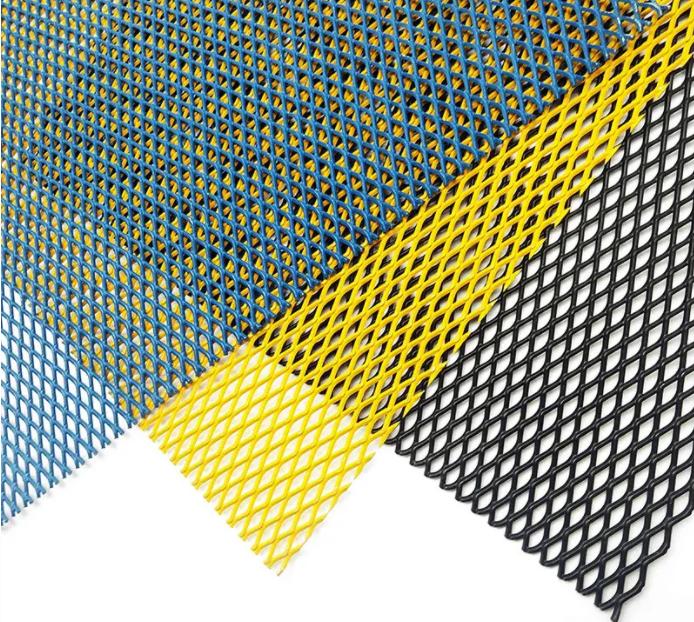 TEL:
+86-13102802206
TEL:
+86-13102802206
 Email:
fencenetting@china.com
Email:
fencenetting@china.com
 Language
Language
 TEL:
+86-13102802206
TEL:
+86-13102802206
 Email:
fencenetting@china.com
Email:
fencenetting@china.com
 Language
Language


The Pricing Landscape of Electric Iron Wire An Overview
Electric iron wire plays a vital role in various industries, from construction and manufacturing to telecommunications and automotive. As a material that is both versatile and cost-effective, its pricing can significantly impact production costs and, ultimately, consumer prices. This article explores the factors influencing the price of electric iron wire and recent trends in the market.
Understanding Electric Iron Wire
Electric iron wire is primarily made from low-carbon steel, which provides it with strength, flexibility, and resistance to corrosion. Its applications range from being utilized as electrical conductors to serving in the creation of rebar for concrete structures. Given its wide usage, understanding the pricing dynamics of electric iron wire is essential for industries that rely heavily on this commodity.
Factors Influencing Pricing
1. Raw Material Costs The primary factor determining the price of electric iron wire is the cost of raw materials, particularly iron ore and steel. Fluctuations in the prices of these fundamental inputs due to market demand, geopolitical tensions, and mining activities can significantly impact the final price of electric iron wire.
2. Production Costs The processes involved in producing electric iron wire, such as drawing, annealing, and coating, incur costs that are reflected in the final selling price. Energy costs, labor costs, and technological advancements also play a crucial role in determining production efficiency and pricing.
3. Global Market Trends The electric iron wire market is influenced by global economic conditions. For example, during periods of economic growth, demand for construction materials and infrastructure development typically rises, driving up the price of electric iron wire. Conversely, during economic downturns, demand may decrease, leading to lower prices.

4. Supply Chain Issues Transportation and logistics are essential in the pricing of electric iron wire. Any disruption in the supply chain, whether due to natural disasters, pandemics, or political instability, can lead to increased costs for producers and, consequently, higher prices for consumers.
5. Technological Advancements Innovations in production techniques can lead to more efficient methods of creating electric iron wire. If these technologies reduce production costs, they can lead to lower prices. On the other hand, if new technologies require significant investment, they may temporarily increase prices.
6. Market Competition The level of competition within the electric iron wire market also affects pricing. A highly competitive market can drive prices down, while a lack of competition may allow manufacturers to maintain higher prices.
Recent Market Trends
In recent years, the electric iron wire market has seen notable fluctuations. During the COVID-19 pandemic, supply chain disruptions led to an increase in prices as demand rebounded faster than supply could catch up. This was particularly evident in the construction sector, which faced surges in material costs.
As of late 2023, the market has shown signs of stabilization, with prices reflecting a balance between supply and demand. Additionally, increasing focus on sustainable production practices has prompted manufacturers to invest in green technologies, which may initially drive prices up but is expected to be beneficial in the long term.
Conclusion
Electric iron wire pricing is a complex interplay of various factors, including raw material costs, production expenses, global economic conditions, supply chain dynamics, and technological advancements. Understanding these elements is crucial for businesses that rely on electric iron wire for their operations. As the market continues to evolve in response to external pressures, stakeholders must stay informed about trends and pricing forecasts to make informed purchasing decisions. With sustainability on the horizon, the industry may witness a significant transformation, promising both challenges and opportunities in pricing strategies for electric iron wire.